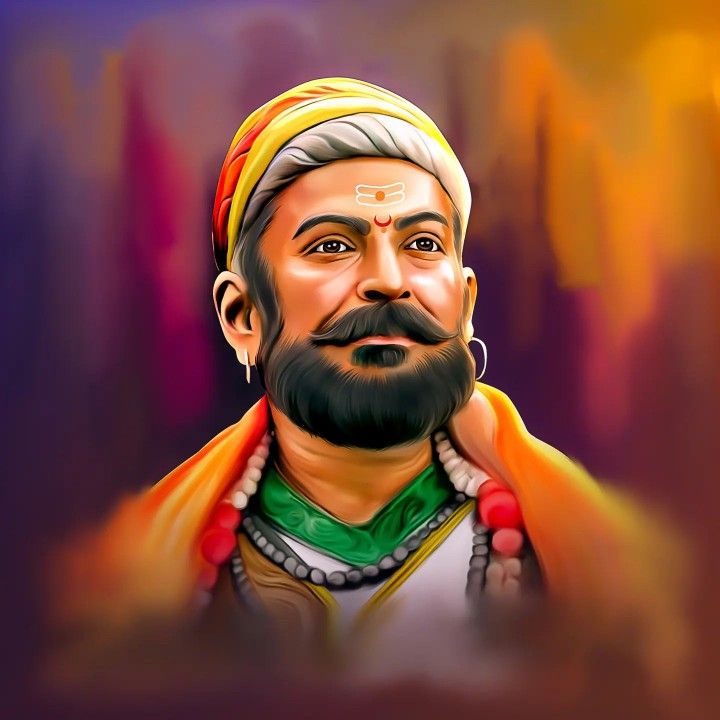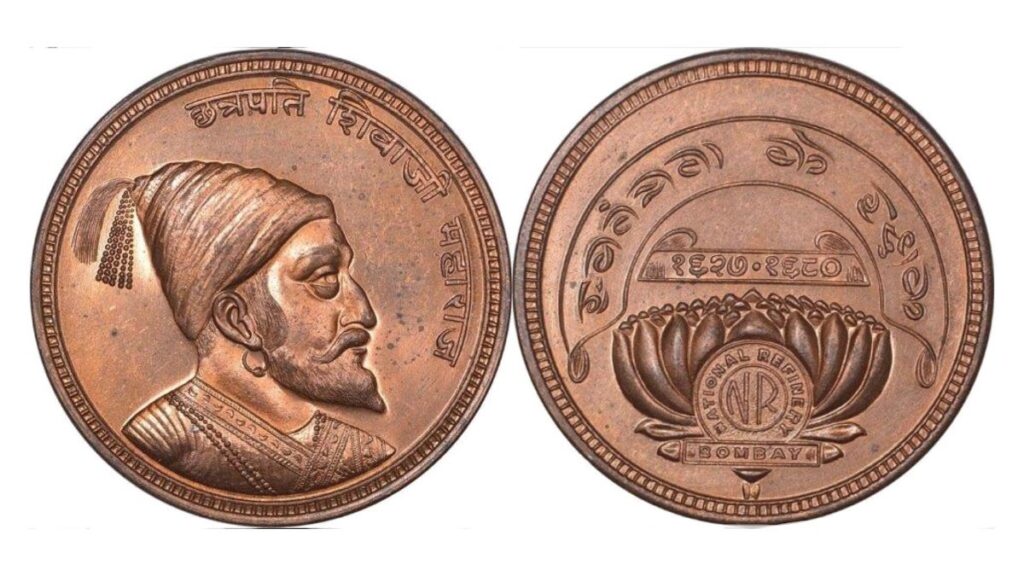

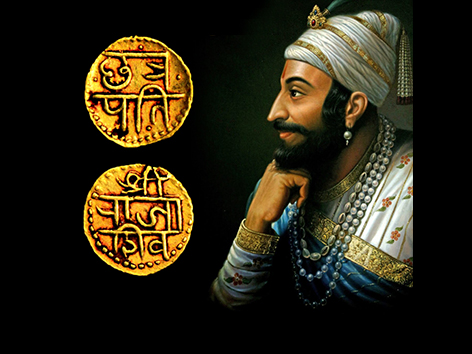
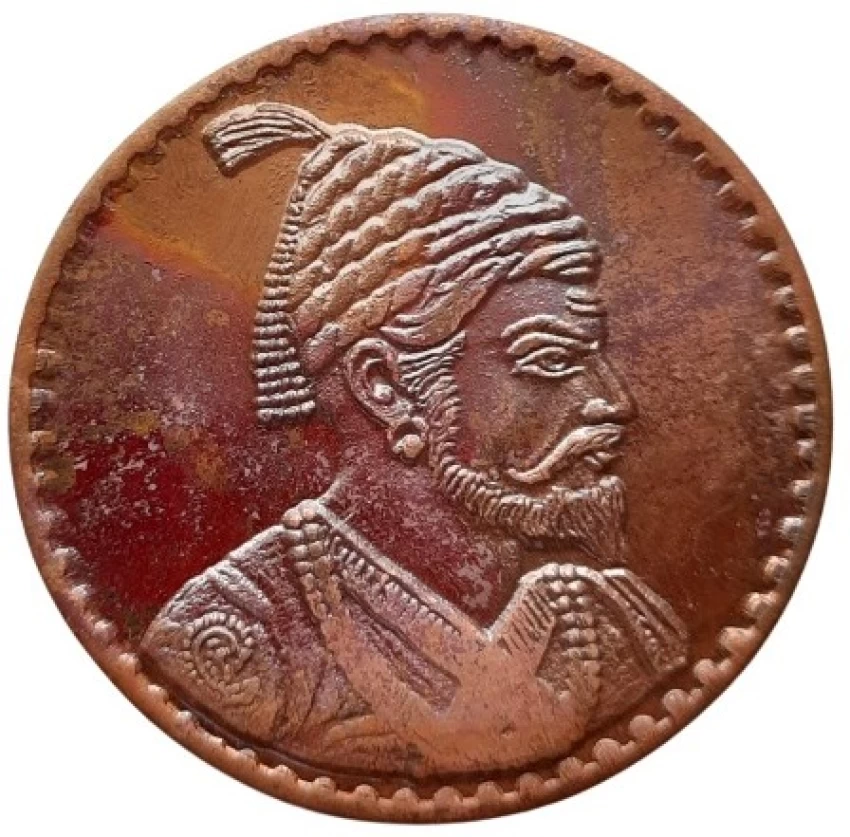

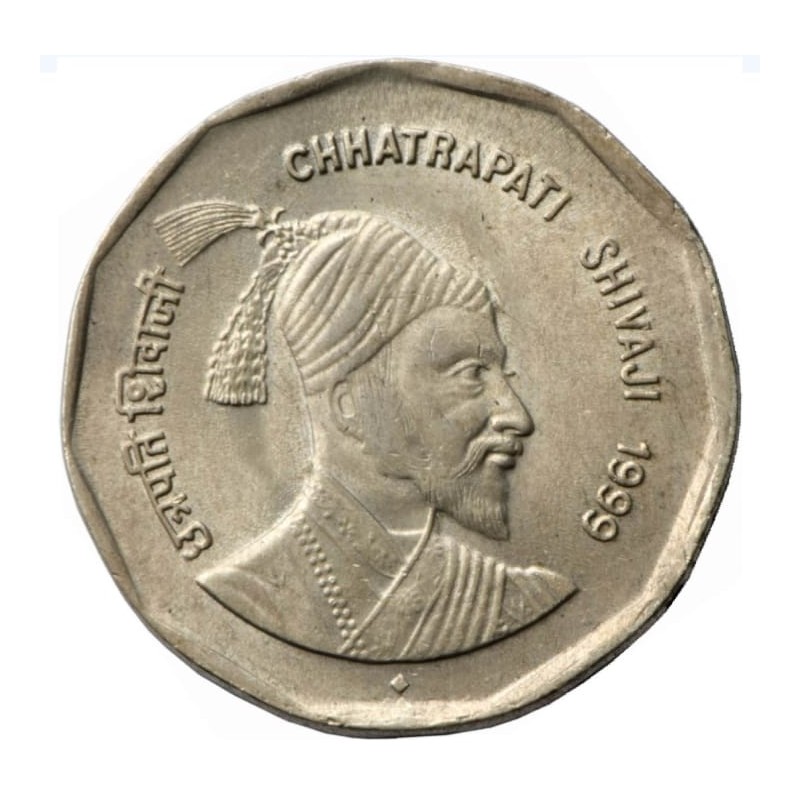
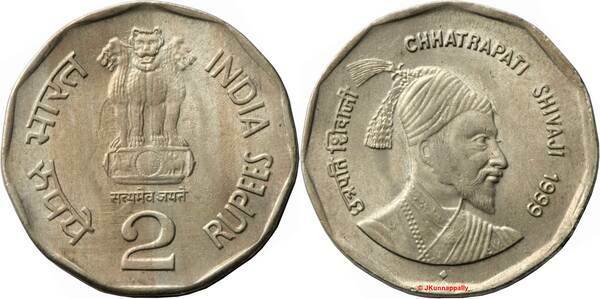
Chhatrapati Shivaji Maharaj, the founder of the Maratha Empire, was a visionary leader whose influence extends far beyond his military conquests and administrative reforms. One of the lesser-known yet significant aspects of his legacy is his numismatic contributions. The coins minted during Shivaji Maharaj’s reign reflect his strategic foresight, cultural pride, and administrative acumen.
The Historical Context
Born in 1630, Shivaji Maharaj carved out an independent Maratha kingdom in the Deccan region of India, challenging the dominant Mughal Empire and various regional sultanates. His coronation in 1674 as the Chhatrapati (emperor) marked the establishment of a sovereign state with its own identity, culture, and administrative machinery.
Numismatic Innovations
Shivaji Maharaj introduced a distinct coinage system to underscore his authority and consolidate his rule. The coins were not merely a medium of economic transactions but also a tool for propagating his sovereignty and cultural ethos.
1. Rajat Tankas (Silver Coins): The most notable among Shivaji Maharaj’s coins are the Rajat Tankas. These silver coins typically bore inscriptions in Devnagari script, highlighting his respect for Marathi culture and language. The obverse side often featured legends like “Shri Raja Shiv” or “Shiv Chhatrapati,” while the reverse side contained the Persian phrase “Sahib-e-Daulat,” signifying his role as the ruler of wealth and prosperity.
2. Hon (Gold Coins): The gold coins, known as Hon, further exemplified his sovereignty. These coins usually weighed around 4.7 grams and were intricately designed, showcasing Shivaji’s commitment to aesthetics and the arts.
3. Copper Coins: The copper coins were circulated to facilitate everyday transactions among the common people. These coins often bore simpler designs but were crucial in ensuring the economic stability of his empire.
India Map at The Time of Shivaji Maharaj
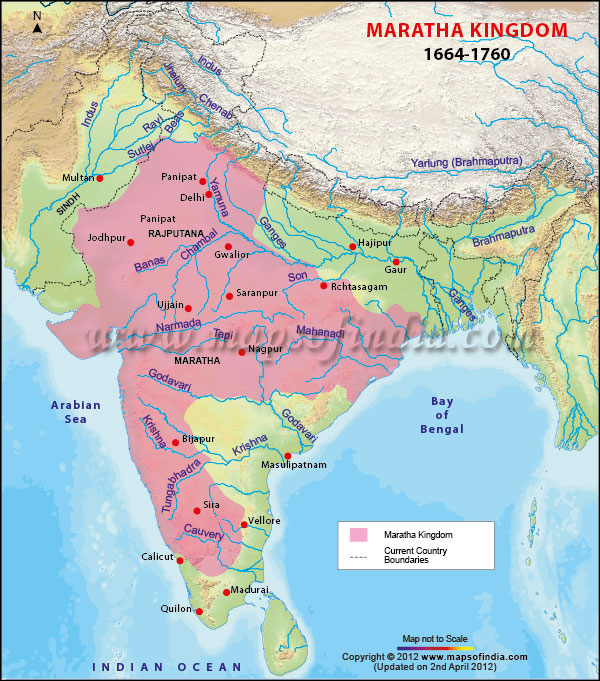
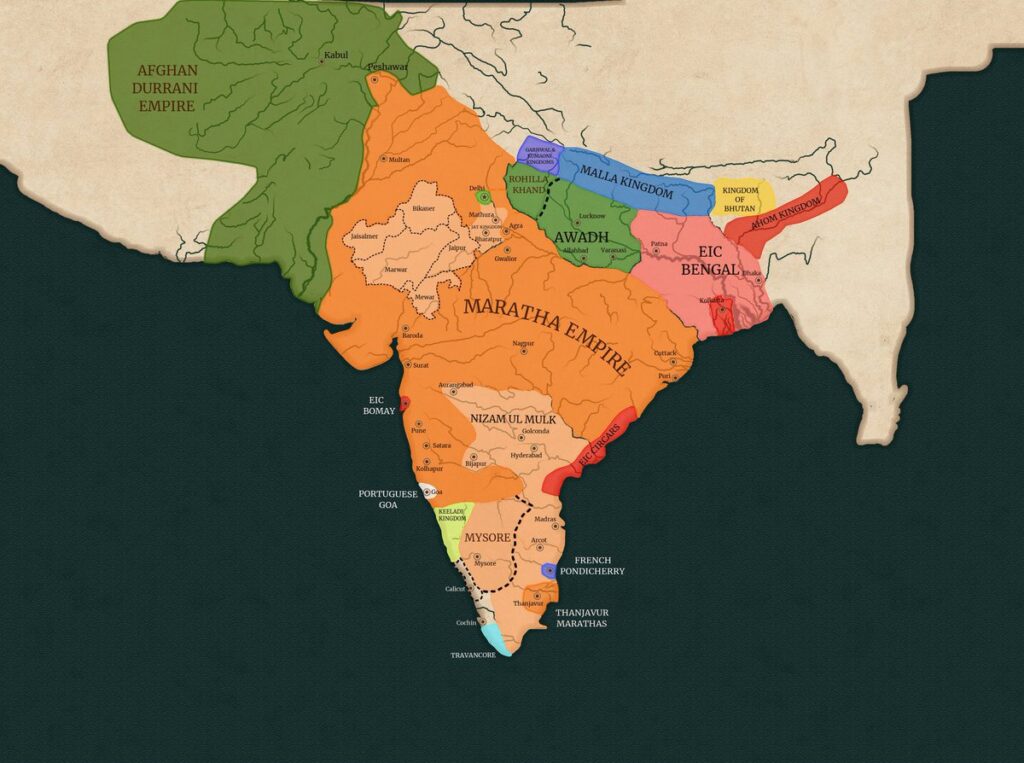
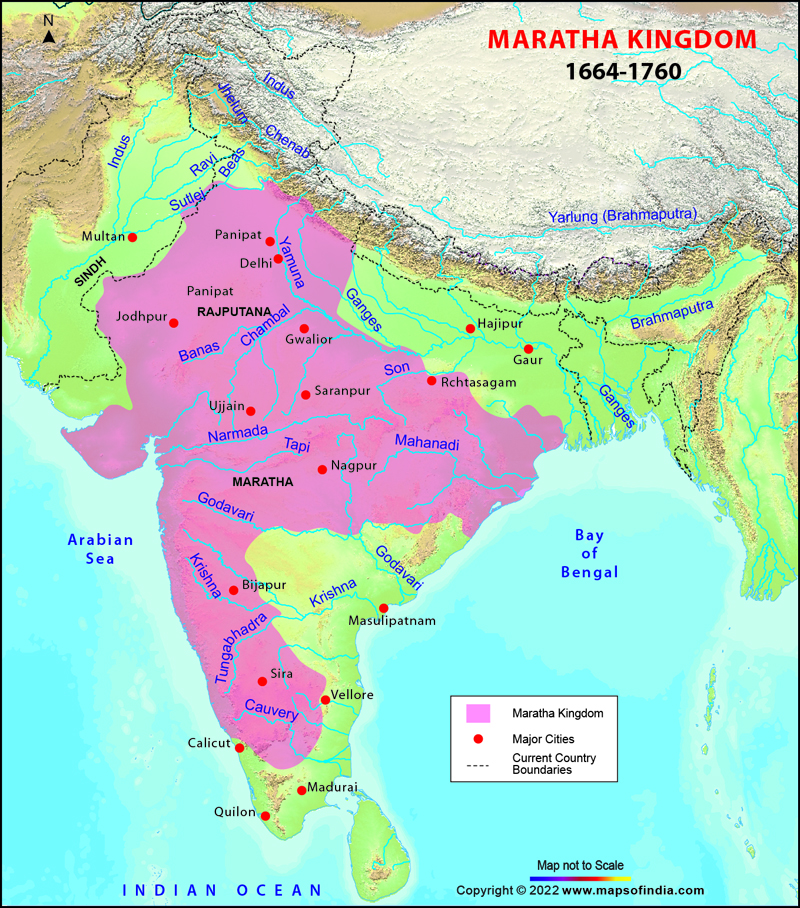
Symbolism and Cultural Pride
Shivaji Maharaj’s coins were more than just currency; they were symbols of cultural pride and autonomy. By using Devnagari script and indigenous symbols, he emphasized the Maratha identity and resisted the cultural domination of the Mughal Empire. This numismatic strategy played a crucial role in uniting his subjects under a common cultural and administrative framework.

Economic Impact
The introduction of a standardized coinage system had significant economic implications. It streamlined trade, boosted commerce, and enhanced the credibility of Shivaji’s administration. The consistent weight and purity of the coins built trust among traders and commoners alike, facilitating smoother economic transactions and contributing to the prosperity of the Maratha Empire.
Legacy and Influence
Shivaji Maharaj’s numismatic legacy endured long after he died in 1680. His coinage system set a precedent for subsequent Maratha rulers and other regional powers in India. The coins remain a subject of study and admiration among historians and numismatists, offering insights into the economic and cultural dynamics of 17th-century India.
